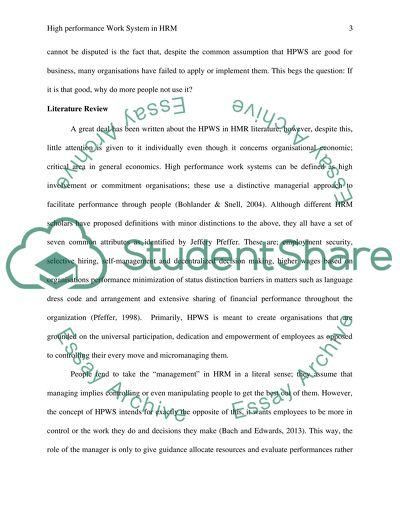Cite this document
(“HR and performance, High-performance work system and big data Assignment”, n.d.)
HR and performance, High-performance work system and big data Assignment. Retrieved from https://studentshare.org/human-resources/1664191-hr-and-performance-high-performance-work-system-and-big-data
HR and performance, High-performance work system and big data Assignment. Retrieved from https://studentshare.org/human-resources/1664191-hr-and-performance-high-performance-work-system-and-big-data
(HR and Performance, High-Performance Work System and Big Data Assignment)
HR and Performance, High-Performance Work System and Big Data Assignment. https://studentshare.org/human-resources/1664191-hr-and-performance-high-performance-work-system-and-big-data.
HR and Performance, High-Performance Work System and Big Data Assignment. https://studentshare.org/human-resources/1664191-hr-and-performance-high-performance-work-system-and-big-data.
“HR and Performance, High-Performance Work System and Big Data Assignment”, n.d. https://studentshare.org/human-resources/1664191-hr-and-performance-high-performance-work-system-and-big-data.


